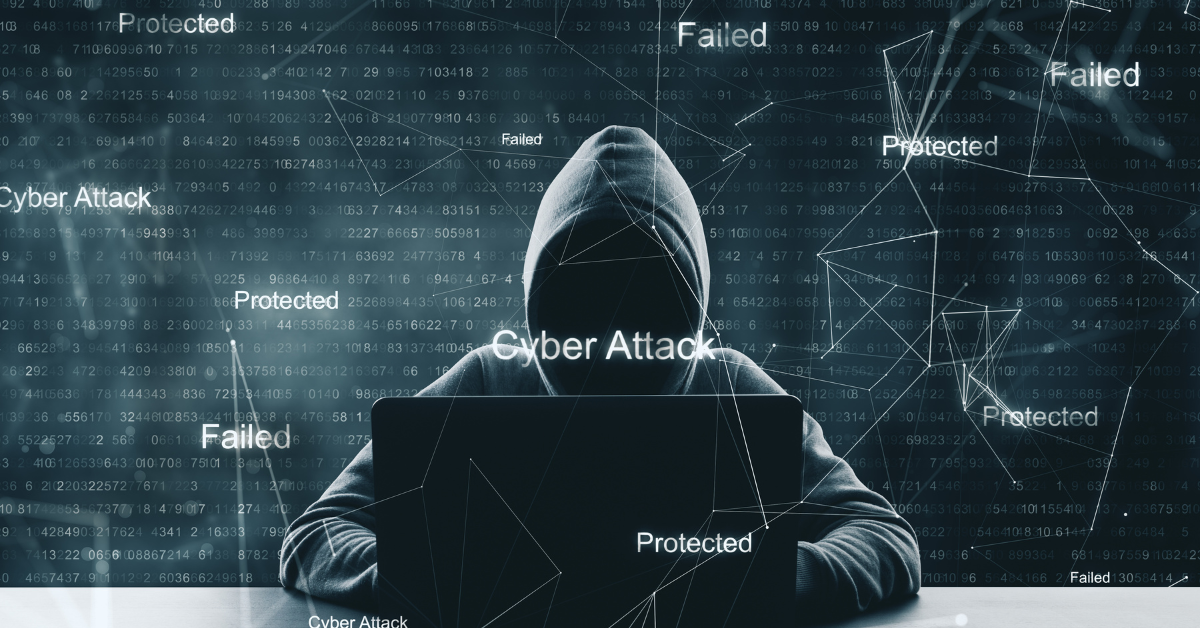Understanding the Ins & Outs of Cyber Risk Quantification

In today’s digital world, cyber risk is high and growing. The best way to control this risk is with a proactive cyber security strategy that quantifies and measures your company’s vulnerability to theft, fraud, or data breach. The cyber threat landscape is diverse, and there is a wide range of potential threats in this sector, such as intellectual property theft, ransomware, data breaches, DDoS attacks, and insider threats. As cyber criminals improve on new methods for making threats, it is therefore important for cyber security professionals to be on top of where the latest threats are to hide from evolving threats. But for a company to achieve this, it must first understand the risks of cybersecurity, be vigilant in its security stance, and be aware of its accompanying risks. Cyber risk quantification (CRQ) is the primary route to understanding the cyber threat landscape and mitigating risks within a cyber security environment.
Cyber risk quantification is also part of Cyber Security Risk Management and is a crucial part of an organization’s overall security posture. It involves assessing risks relating to various cybersecurity topics, such as vulnerabilities, threats and impacts. Quantification addresses measurement, tracking and reporting on the risks relating to specific topics to prepare for cyberattacks effectively. Risk quantification is determining how likely a threat or attack is to be successful against your organization and then assessing the severity of such an event. Cyber risk quantification is a part of this process, and it pertains specifically to threats that target information on computer networks or in physical systems, like computer networks or smartphones. These include both internal threats (such as employees) and those from external sources (hackers).
Risk quantification is an enterprise tool to help them understand their existing cyber risk environment. It also enables them to devise effective strategies for reducing those risks by implementing appropriate controls.
What is CRQ?
This process of cyber risk quantification has been described as a three-step process: identifying the “pen-testing assets”, counting vulnerabilities, and measuring the potential threats. These steps represent a holistic approach, allowing a comprehensive view of one’s cyber risk posture and its vulnerabilities, threats, and risks.
At its core, cyber risk quantification is not a specific set of rules or methodologies but rather a method for conducting a rigorous, in-depth analysis of subjecting any IT infrastructure. The intent is to obtain objective evidence to develop strategies for reducing risks and ultimately strengthening an organization’s cyber resilience.
The Benefits of CRQ
Cyber risk quantification is important in ensuring that cyber threats are understood and can help cyber security teams analyze vulnerabilities and risks and create cyber risk mitigation strategies. The following are the benefits of cyber risk quantification:
- Provides Insights into Vulnerabilities: An analysis of the information technology assets allows companies to understand their cyber risk posture and quantify their security vulnerabilities. The process makes companies feel more secure in knowing they are not as vulnerable as they originally assumed.
- Helps Identify & Mitigate Threats: Quantification is a process that helps identify the number of potential threats within an organization. It helps determine what the company needs to do to prevent a cyber attack.
- Provides Information for Basing Decisions: The quantification process allows the creation of an actionable and detailed plan for organizations to make informed decisions about protecting themselves from cyberattacks.
- Helps Identify the Need for Resources: Companies can use the cyber risk quantification process results to determine what resources are required to reduce or eliminate current organizational threats and vulnerabilities.
- Risk Management Decision: After a quantification process, one can better understand their current security posture and related cyber risks to well-informed decisions about reducing this risk.
- Automating the Process: Can automate quantification to save time and labor. It means that technicians will not have to spend time performing quantification on each piece of information technology equipment.
- Cost-Effective: The overall cost of implementing quantification will not be much more than processing a security vulnerability assessment.
How to Leverage on Cyber Risk Quantification
Cyber risk quantification can be leveraged on the following levels:
- Organizational Levels: The senior management of an organization needs to determine the organizational level of quantification. The level at which this model is used will depends on how large and how organized an organization is. For example, an enterprise with thousands of employees or many systems will benefit from applying this model at a higher level (e.g., enterprise-wide) than a smaller company that runs just one corporate system.
- Site Level: Organizationally focused cyber risk quantification methods can be applied to each site. It is the level at which most companies are structured; they have one or a few locations and may have dozens of sites. The IT personnel at each site may also not have direct access to all the data needed for an effective cyber risk quantification model.
- Process Level: Many organizations are involved in processing large amounts of data (e.g. processing credit card information or handling employee information). These organizations can apply the same data processing methodologies to cyber risk quantification and perform a different amount of manual data analysis.
- Asset Level: Cyber risk quantification can be applied to a specific asset (e.g., a server, router, switch). It is an effective method for performing quantification on small network environments or those with limited access to the underlying devices on a network.
- Information System Level: This level is useful for the entire IT infrastructure. Most organizations would benefit from a more holistic enterprise approach to quantification.
- Individual Asset Level: Some organizations may have large network environments that do not need a holistic enterprise-level approach to quantifying cyber risk. Some systems are relatively small and easy to manage individually with minimal use of IT resources.
- Application Component Level: An individual application component (e.g. a web server) is typically not a significant resource on its own, and it has unique vulnerabilities that need to be fixed. In most instances, cyber risk quantification of an application component will include looking at its counterpart components. It would be a rare occurrence for those performing cyber risk quantification on an individual asset level.
Challenges of Cyber Risk Quantification
Cyber risk quantification is a challenging task because of the numerous variables can have an impact on how risks are quantified. Some of the most common factors that have to be considered when performing quantification include:
- Data Visibility: The amount of data for analysis is often limited in the quantification process. It means that the available data has to be collected from a relatively small number of sources and then analyzed using an automated method.
- Can’t Calculate Risk: Cyber risk quantification could be a better science. Often, organizations will need a higher level of understanding concerning the vulnerabilities they are trying to quantify and the impact a successful cyber attack would have on their company.
- Partial Remediation: Sometimes, a company can perform some level of remediation, but not all of its IT infrastructure components. It is often the case in smaller companies where policy and security costs can be very high.
- Time Frame of Analysis: Cyber threat intelligence is always changing, and so is the level of risk for an organization, even for an asset within that organization. Cyber risk quantification models must be set up to keep pace with these changes.
- Data Manipulation: The information is also analyzed against other data that has been manipulated and stored for analysis. While this does not mean that all data is manipulated, it does mean that some data may have been tampered with or changed to alter the analysis’s findings (e.g., personal information).
- No Consistent Methodology: Cyber risk quantification is not an exact science; therefore, it cannot be performed consistently.
- No Standardization: The model used for quantification may depend on the organization and the structure of its IT infrastructure. It is challenging to translate results from one organization to another or even use it across various industries.
- No Known Method: Studies have shown that industry and IT experts do not widely accept any known cyber threat quantification methodology.
In Conclusion
Cyber risk quantification stands as an emerging field in cybersecurity, that will undoubtedly play an increasingly crucial role in the future of cybersecurity for assessing organizational risk before potential attacks occur.
Try Portnox Cloud for Free Today
Gain access to all of Portnox's powerful zero trust access control free capabilities for 30 days!








